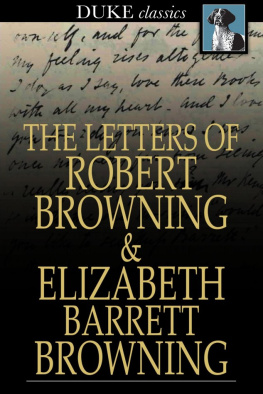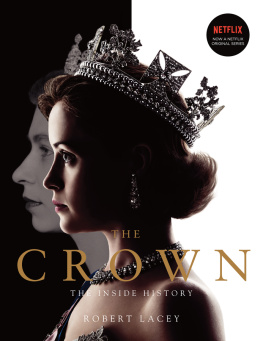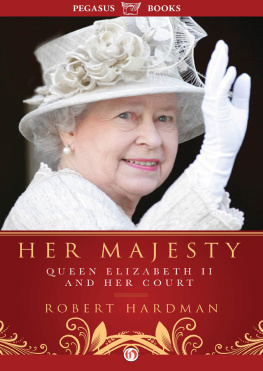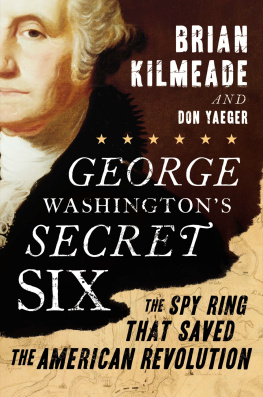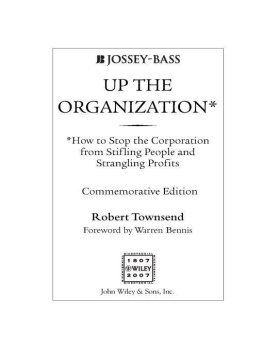C HAPTER T HIRTEEN
Uncle Robert and Free Elizabeth
Elizabeth marveled at her change of fortune. The thirty-room Fort Neck House, now owned by the newly christened David Richard Floyd-Jones, was grander than anything she had encountered before, its sprawling lawns and palatial rooms far larger than the Townsends homestead or anything she would have known in New York City. It was exponentially larger even than Palmess estate outside Charleston. But even if her new home had been a hovel, it would not have mattered: she was free.
Sometime in the months between her entry in the Baptist church records in November 1789 (her last recorded affiliation with the Townsend family) and the second half of 1790, she began work as a domestic servantnot a slave but a freewoman earning wages and owning herselffor the newly renamed David Richard Floyd-Jones and his young wife, Sarah, as they struggled to begin a family.
Erected in 1770 and overlooking the Great South Bay, the house itself was light and airy, despite its enormously thick walls of strong oak frame, brick filled, well put together and of unusually durable construction, and described as exceptionally large and well fitted for entertainment. Guests were greeted by six grand columns leading to a wide porch and, upon entering, found themselves in a spacious hall thirty-six feet long by twenty-six wide floored in pine, with fourteen-foot ceilings and immense windows. The large central staircase, a puzzle to modern architects, was a conversation point, appearing to float as it reached up to the second floor.
Here, Elizabeth worked alongside six enslaved people and thirteen other free people of color,
The estate itself was quite prestigious, and any association with it bore a tremendous amount of social capital. The fact that it was staffed by so many paid staff rather than only by slaves added to its prestige among the service workers; it was considered quite an honor to be hired as part of the Floyd-Jones staff. That Elizabeth was now employed there as a freewoman was a mark of her good reputation, and she was likely hired on the Townsends recommendation. The exact circumstances of how she was hired are unclear, but she does seem to be a part of the household by the summer of 1790.
Commencing on August 2, 1790, a national census was called throughout the new nation, in which households were to report the following demographic information for the sake of counting the population and ascertaining the nations potential for military and economic power:
- Free white males aged sixteen and older
- Free white males under sixteen years
- Free white females
- All other free persons
- Slaves
In the Town of Oyster Bay, which stretched across Long Island from the north shore to the south shore, 366 slaves and 308 nonwhite free people were counted, Elizabeth includedthe only free person of color by that name in the entire township. She is listed in the census as Free Elizabeth, a single woman working for paid wages as a domestic servant at the prestigious Fort Neck House. She was, in fact, one of only two free African American women recorded with that name in all of Long Island. The other Free Elizabeth lived in the town of Jamaica, twenty-five miles from Oyster Bay, and was registered in the census as a mother of three living in the household of a man named John W. Wortman, who had no known connection to the Townsends. Though admittedly circumstantial, the evidence indicates strongly that the Free Elizabeth of Oyster Bay was the same woman who appealed to Robert to allow her to stay in New York, who bore a child under his roof, and whom he pursued to South Carolina and back.
That child, however, now seven years old, remained the property of the Townsends.

With Samuels passing, Robert took over the affairs of the Townsend estate, which continued running like a single, large company rather than being divided among the siblings. Though the shipping of goods from foreign ports had declined, the family still produced and sold large quantities of cider, wheat, corn, flaxseed, and oats. A flock of sheep was tended and sheared for wool, hogs and cattle were raised and butchered for meat, and monies were collected from neighbors for allowing their animals to pasture on Townsend land. Expenses for repairs to the house and outbuildings were accounted for to make new cellar doors or to repair house and barn, and at regular intervals, Robert divided the profits equally among the six surviving children, with the notable exception of Solomon, whose continued slide toward insolvency left him perpetually owing money he had borrowed from the estate against his own dividends. For the first five years following Samuels death, Robert accounted for the work of the familys slaves in the fields and orchards, at times paying other townspeople to send their enslaved field hands to help bring in the harvest too. He also hired more than twenty free people of color as laborers, some of whom had once been enslaved by his father and all of whom he paid standard wages.
Through the 1790s, state laws placed age restrictions on when enslaved people could be freed, with a minimum age of twenty-one and a maximum age of fifty. Then in 1799, New York initiated the Gradual Emancipation Act, causing age restrictions to rise dramatically, with women not eligible for freedom until age twenty-five and men not until age twenty-eight. The law deemed all children in the state born after July 4 of that year as free, but it also demanded that they live in slavery until they came of legal age. Though the law mandated that they could not be sold out of their owners estate, African American parents who had already been manumitted suffered an agonizing wait as their children grew into young adulthood, still trapped in bondage. But even with these legal restrictions, slavery was losing the power it once held in New York, and Robert was a recognized authority on the matter in Oyster Bay.
This meant, however, that Robert was finally forced to take a definitive stance with regard to his own familys culpability in terms of the institution, from his maternal uncles involvement in the African slave trade to his fathers position as one of the largest slaveholders in Queens County. Perhaps in response to this, Robert made a drastic decision in March 1796 to sell off most of the familys 350 acres of land, herds of animals, and agricultural accoutrements, as well as the excess household goods and luxuries acquired over the years, thanks to the importing business and merchant trade. The extensive records from the sale include eight tables, twenty-four chairs, thirty-six earthenware plates, four bedsteads, fourteen rugs, quilts and blankets, two spinning wheels, two wagons, two plows, three pitchforks, and much of the livestock; in short, well over three hundred items were inventoried and sold. Even boxes of trumperythat is, collections of sundry knickknacks and small items that werent worth itemizingwere purchased and carted off by locals. Roberts mother and sisters were listed among the buyers as well, each purchasing property and items they desired. Finally, with the estate very nearly liquidated, Robert distributed the earnings among his siblings. Though he continued to maintain the remaining estate for another thirty years, he was able to settle down in the family home alongside Sally and Phebe for a life of relative calm.
Or such was his wish, but Robert had one more item of business to which he must attend: divesting himself of the Townsend family slaves. It is to this end that one of the most curious artifacts of Roberts life came into being.
The Townsend Slave Bible, created in one sitting, judging from the marginalia and the uniformity of the ink and pen strokes, records the names and birthdates of many of the slaves held by the family from 1769 to 1795 and notes on a second page that these were colored people (slaves) belonging to the family of Samuel Townsend of Oyster Bay, Long Island, state of New York.



